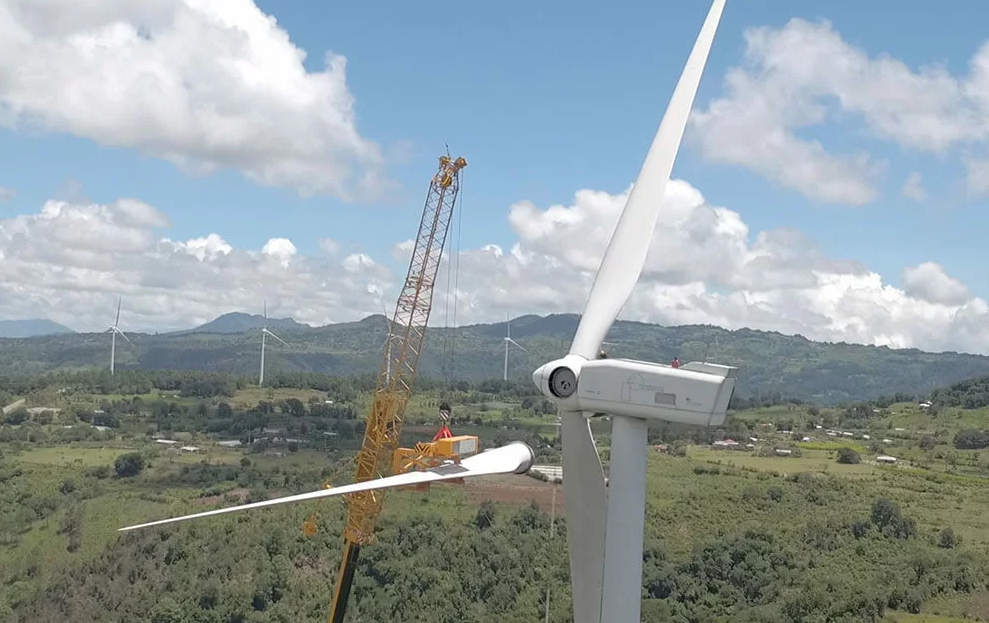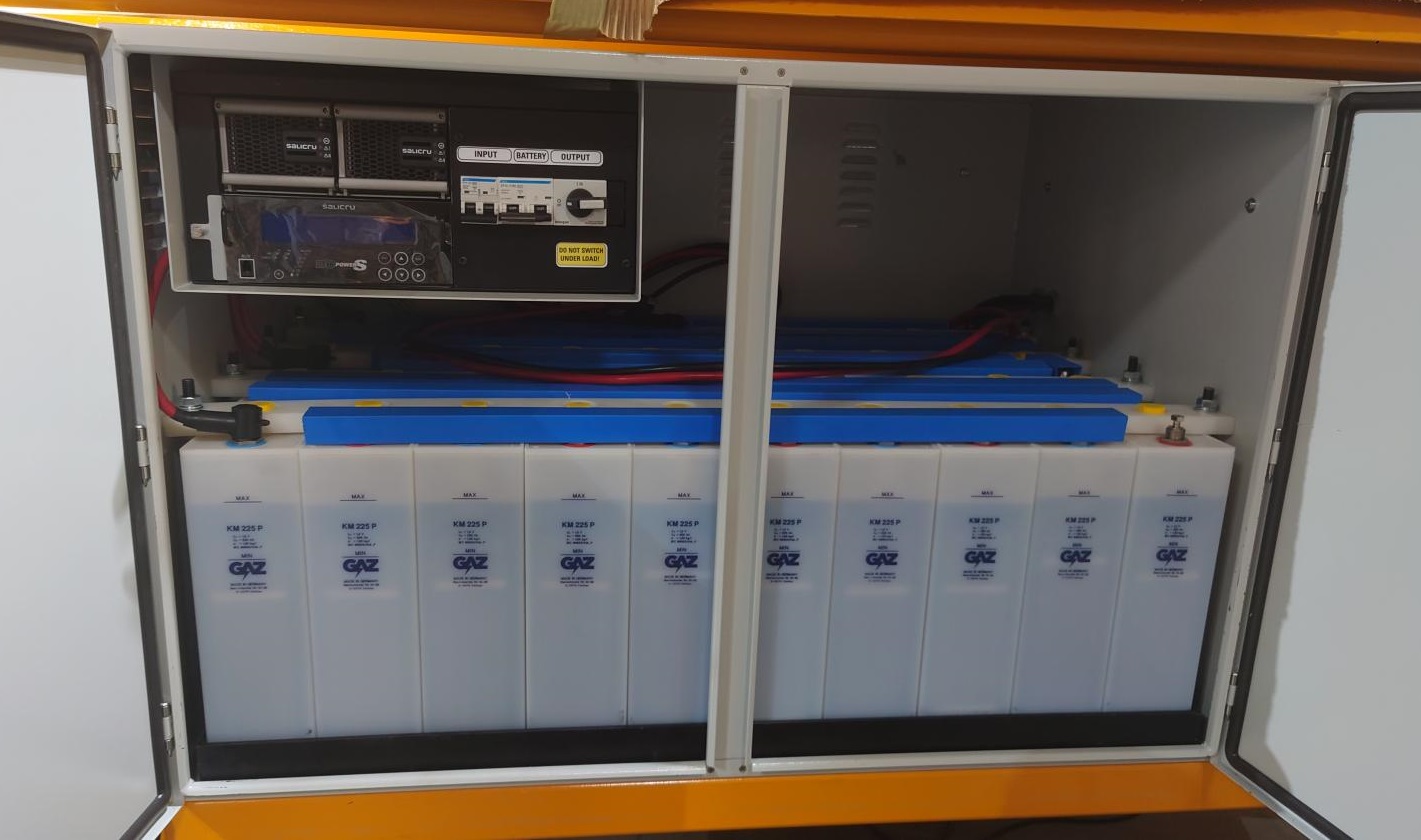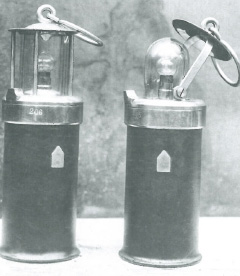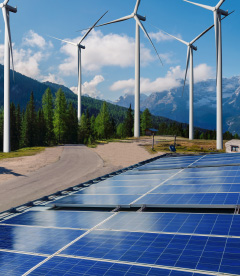In 2022, wind power plants with a total rated capacity of 16,148 MW were newly commissioned in the European Union countries alone. In Europe at least, the vast majority of these are being built onshore, 92 percent in the EU. Building offshore wind farms is of course technologically and financially demanding, but erecting a wind farm on land is neither easy nor cheap.
The average cost of a single blade in 2022 was between €2.5 million and €3.5 million, and transporting wind turbine components to their destination is also expensive. It can require a year of planning and up to 10 loadings, so the average cost of transporting a wind turbine in Europe and North America ranges between 25 and 35 thousand euros, although long-distance transport can cost up to three times that.
Bigger and even bigger
The larger the turbines, the more complex everything is, from the design of the equipment, to the choice of site, to the number of vehicles needed to transport one turbine. A medium-sized power plant of around 1 MW rises to a height of around 40 to 70 meters depending on the nature of the terrain and wind flow, with the average length of wind turbine blades currently around 35 meters.
At this length, the blades are still transported by truck, but things are evolving towards larger and taller wind generators, with blades approaching 50 meters in length. Turbines intended for installation on solid ground that is, the blades of newly established offshore power plants are already commonly 90 or even 100 meters long.
At the Danish test center in Osterild, for example, currently the largest and most powerful wind turbine of its kind in Europe is being commissioned. One of its blades measures 115 meters, which exceeds the maximum permissible length of a football field by five meters. The area covered by the rotor is 43,500 m2 and the plant has an output of 14 MWp, more than ten times that of conventional wind turbines.
How to raise a giant
Wind turbines are simply growing higher and higher into the sky, and their installation requires increasingly sophisticated procedures and technologies. Spanish company AIRPES specializes in challenges of this kind, and its SGRE series hydraulic clamps firmly grip any blade weighing up to 45 tons so that the crane can lift it to the required height. Diagnostics or software updates to the clamp can be carried out remotely thanks to an integrated modem, so it can lift blades in a remote location in the mountains, for example, while still being in contact with the manufacturer's team in Spain.







